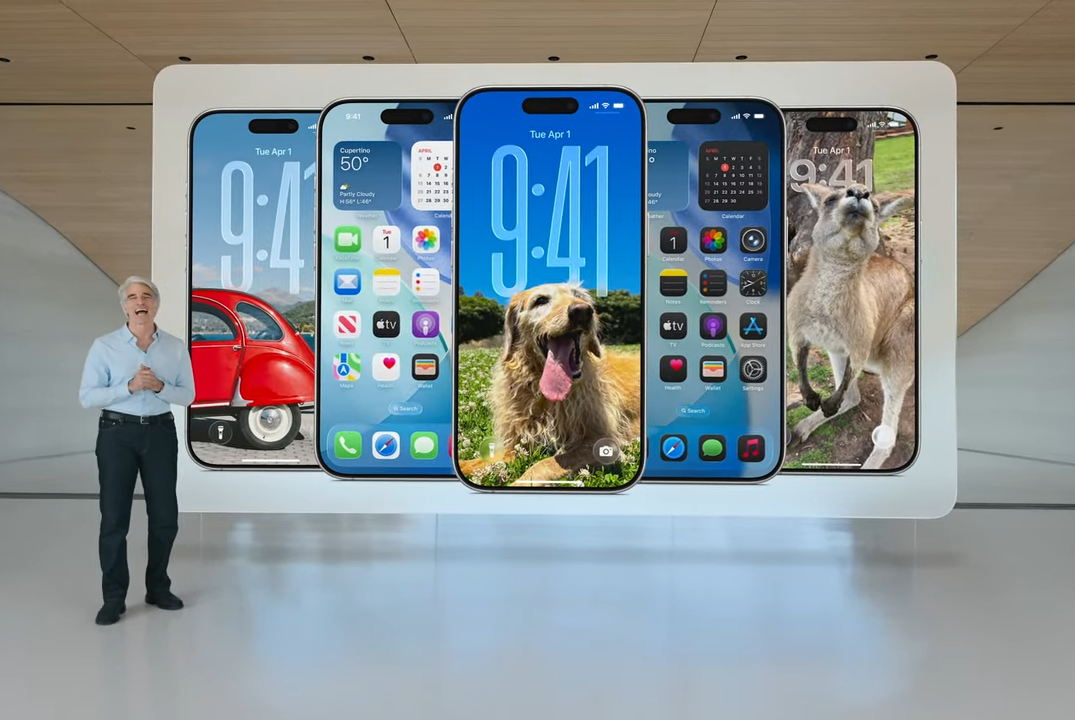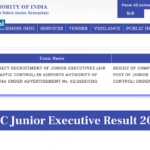Apple has officially unveiled iOS 26, and it’s unlike anything we’ve seen before. With the introduction of the revolutionary Liquid Glass interface, the tech giant is once again pushing the boundaries of mobile operating systems. At the annual WWDC 2025 event, Apple revealed a slew of features that aim to enhance user interaction, visual fluidity, personalization, and privacy — but the star of the show was undoubtedly the Liquid Glass UI.
In this blog, we’ll break down what the Liquid Glass interface means for everyday users, highlight the most exciting features of iOS 26, and provide answers to frequently asked questions at the end.
The Liquid Glass Interface: A Visual Revolution
The Liquid Glass interface is not just an aesthetic upgrade — it’s a complete rethink of how users interact with their iPhones. Inspired by organic material and fluid motion, Liquid Glass provides:
- Real-time adaptive reflections: Icons and widgets now shift and shimmer like molten glass, reacting to light, environment, and motion.
- 3D depth layering: System elements appear to float in a semi-transparent space, with soft transitions between layers, offering depth and realism never before seen on mobile.
- Haptic visual cues: As users swipe or tap, micro-animations and fluid morphing visuals enhance responsiveness and make navigation feel more immersive.
The interface supports Apple’s new dynamic rendering engine, which uses AI and sensor data to customize the look and feel based on your mood, location, or even the time of day.
Key Features of iOS 26
While the Liquid Glass UI is the main headline, iOS 26 introduces many other compelling updates. Here’s what you can expect:
1. Live Wallpapers with Real-Time Weather Effects
Dynamic wallpapers now respond to the actual weather outside your window. Rain droplets streak across your screen during monsoons, while soft golden light floods your home screen at sunset.
2. Smart App Grid
The traditional app grid has been replaced by a Smart Flow Dock. Apps rearrange themselves based on your usage patterns, time, and location. For example, during your workday, productivity apps take the spotlight; in the evening, streaming apps become more accessible.
3. Multi-Layered Notification Bubbles
iOS 26 introduces Bubble Stacks for notifications — rounded, semi-transparent clusters that can be expanded or minimized with a pinch gesture. These bubbles are layered visually and audibly, helping users prioritize important alerts.
4. New Control Center Design
The Control Center now floats in a transparent panel with magnetic behavior — when you move sliders or adjust settings, elements bounce softly and connect like liquid droplets. It’s functional and fun.
5. Privacy Vault 2.0
Apple’s Privacy Vault gets an upgrade with iOS 26, featuring:
- Face ID-protected folders
- Live access notifications showing what app accessed what data and when
- Microphone and camera indicators redesigned to be more visible and interactive
6. AI-Enhanced Siri with Visual Responses
Siri becomes smarter and more helpful, thanks to Apple’s integration of a new on-device AI model. Visual responses now accompany voice replies. For example, asking for weather doesn’t just give a spoken summary — a 3D animated forecast appears on screen.
7. Cross-App Drag and Drop
This long-requested feature now allows users to drag text, images, and even files between apps using a two-finger gesture. It works fluidly in multitasking and split-screen modes.
Compatibility and Supported Devices
Apple has extended support to a surprising range of devices. iOS 26 is compatible with:
- iPhone 12 and newer
- iPhone SE (3rd Gen and newer)
- iPadOS 26 (a separate but visually similar update) rolls out for iPad Pro 2021 and later
Older devices will receive a “Lite” version with reduced Liquid Glass effects for performance reasons.
Developer Tools for iOS 26
Developers can now tap into the Liquid Glass API to create apps that respond to the system’s visual depth and dynamic motion. Features include:
- Real-time glass effects for UI elements
- Context-aware animations
- Enhanced HapticKit for immersive feedback
This opens the door for incredibly responsive and personalized third-party apps.
User Reactions and Early Beta Feedback
Early beta testers are already buzzing about the update. Social media is filled with videos of the fluid UI in motion, with users praising its:
- Elegance and sophistication
- Natural interaction cues
- Subtle use of motion to reduce cognitive load
However, some have raised concerns about:
- Battery drain on older models
- Learning curve for new gestures
- Over-personalization causing confusion
Apple has responded by ensuring that all dynamic features are optional and fully customizable.
FAQs: iOS 26 and Liquid Glass Interface
Q1: What is the Liquid Glass Interface in iOS 26?
A: The Liquid Glass Interface is a new visual design language in iOS 26 that makes the UI appear fluid, semi-transparent, and interactive. It creates a 3D-like experience using light, depth, and motion.
Q2: Will the Liquid Glass Interface affect battery life?
A: On newer devices (iPhone 15 and later), the performance impact is minimal due to optimized chips. Older models may see increased usage, but Apple has added a low-power Liquid Glass mode.
Q3: Can I turn off the Liquid Glass effects?
A: Yes, users can customize or disable Liquid Glass visual effects through Settings > Display > Interface Effects.
Q4: Which iPhones are eligible for the iOS 26 update?
A: iPhones from the iPhone 12 series and newer, along with the 3rd generation iPhone SE, are eligible. Older devices may get a limited version.
Q5: When will iOS 26 be available to the public?
A: iOS 26 is currently in developer beta, with a public beta scheduled for July 2025 and a stable release in September 2025, alongside the iPhone 17.
Q6: Does iOS 26 support third-party UI customization?
A: Yes, Apple now allows limited third-party customization via the Liquid Glass API and themes available through the App Store.
Q7: Is this update just visual, or are there performance improvements too?
A: iOS 26 also brings backend performance improvements, including better memory management, reduced app load times, and improved machine learning efficiency on-device.
Final Thoughts
iOS 26 is not just another iterative update — it’s a leap in visual design and interactive technology. The Liquid Glass interface represents a bold step into a more immersive, intelligent, and aesthetically fluid mobile experience.
Apple has once again set a new standard for what a smartphone OS can be, blending beauty with functionality. As we await its public release, it’s clear that iOS 26 is more than just software — it’s a window into the future of how we interact with our devices.
For more detailed developer documentation, visit Apple Developer iOS 26 Overview.










